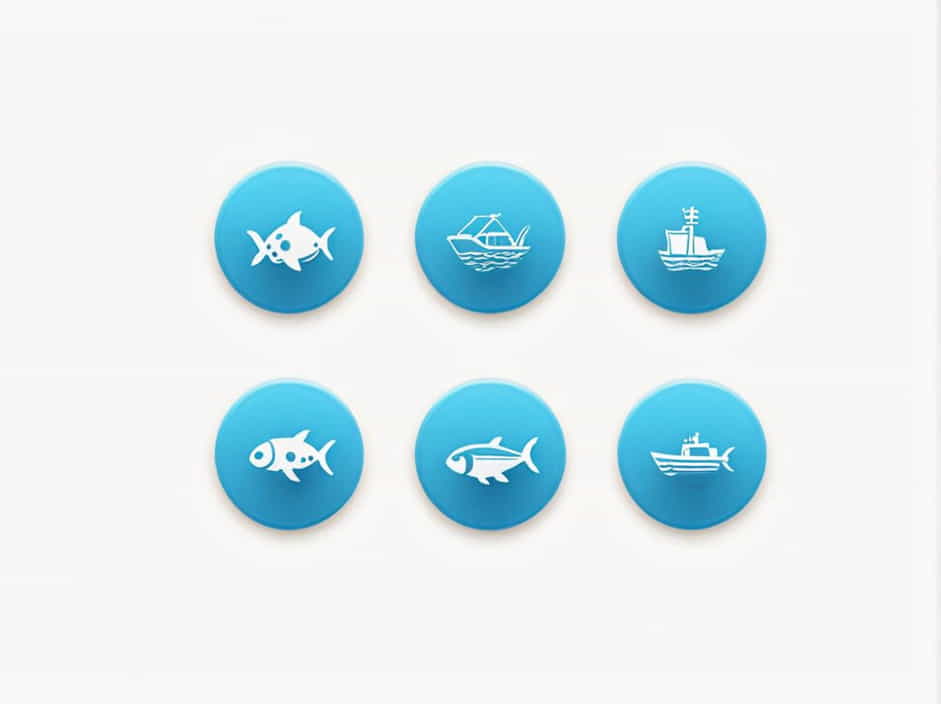The P. P. Shirshov Institute of Oceanology is one of the world’s leading research institutions dedicated to studying the oceans, marine ecosystems, and climate change. Based in Russia, the institute plays a crucial role in advancing oceanography, marine biology, and deep-sea exploration.
This topic explores the history, research areas, notable discoveries, and the global impact of the P. P. Shirshov Institute of Oceanology.
History of the P. P. Shirshov Institute of Oceanology
Foundation and Early Years
The P. P. Shirshov Institute of Oceanology was established in 1946 as part of the Russian Academy of Sciences. It was named after Pyotr Petrovich Shirshov, a prominent Soviet oceanographer and hydrobiologist.
Since its founding, the institute has focused on studying the world’s oceans, investigating marine life, and exploring underwater geological formations.
Growth and Expansion
Over the decades, the institute has expanded its research capabilities, launching scientific expeditions, deep-sea studies, and climate change assessments.
With a strong team of scientists, engineers, and oceanographers, the institute has made significant contributions to the understanding of marine ecosystems and global ocean processes.
Main Research Areas
1. Physical Oceanography
The institute studies ocean currents, tides, and wave dynamics to understand how oceans regulate Earth’s climate. Researchers analyze:
- Temperature and salinity variations in different ocean layers.
- The impact of global warming on ocean circulation.
- The interaction between the ocean and the atmosphere in climate regulation.
2. Marine Biology and Ecology
Scientists at the institute focus on marine life, biodiversity, and ecosystem health. Research in this area includes:
- Deep-sea organisms and their adaptations to extreme environments.
- Coral reef health and conservation efforts.
- The effects of pollution, overfishing, and climate change on marine ecosystems.
3. Geological and Geophysical Studies
The structure of the ocean floor, underwater mountains, and tectonic activity are key research areas. Scientists explore:
- Seafloor spreading and plate tectonics.
- The formation of hydrothermal vents and submarine volcanoes.
- Underwater earthquakes and their role in tsunami formation.
4. Climate Change and Ocean-Atmosphere Interactions
The institute plays a vital role in studying climate change impacts on the ocean. Key research includes:
- The role of oceans in absorbing carbon dioxide (CO₂).
- Changes in ocean currents and weather patterns due to climate change.
- The impact of melting polar ice caps on sea levels.
5. Deep-Sea Exploration
Using advanced submersibles, remotely operated vehicles (ROVs), and underwater sensors, the institute explores:
- Deep-sea ecosystems and their unique species.
- Underwater mineral resources.
- The potential for deep-sea biotechnology and pharmaceuticals.
Notable Discoveries and Contributions
1. Arctic and Antarctic Expeditions
The P. P. Shirshov Institute of Oceanology has conducted numerous polar expeditions to study sea ice dynamics, marine ecosystems, and climate change in the Arctic and Antarctic regions.
These missions provide critical data on melting ice sheets and their impact on global ocean circulation.
2. Studies on the Gulf Stream and Ocean Circulation
The institute has significantly contributed to the understanding of the Gulf Stream and other major ocean currents. These studies help predict climate patterns, hurricanes, and extreme weather events.
3. Deep-Sea Hydrothermal Vents Exploration
The discovery of deep-sea hydrothermal vents and their unique ecosystems revolutionized marine biology. The institute’s researchers were among the first to study chemosynthetic organisms that thrive in extreme environments without sunlight.
4. Underwater Geological Research
The institute has mapped underwater ridges, volcanoes, and tectonic plate boundaries, contributing to the study of earthquakes, tsunamis, and oceanic crust formation.
Global Collaborations
The P. P. Shirshov Institute of Oceanology collaborates with international research institutions, universities, and government agencies. These partnerships enhance global efforts to:
- Protect marine biodiversity.
- Combat ocean pollution.
- Develop sustainable marine resource management strategies.
Key collaborations include:
- Joint research programs with NASA and the European Space Agency on satellite ocean monitoring.
- Partnerships with UNESCO’s Intergovernmental Oceanographic Commission on climate studies.
- Collaborations with marine conservation organizations to protect endangered species.
Technology and Innovation in Oceanography
The institute utilizes cutting-edge technology to explore and study the ocean.
1. Research Vessels and Submersibles
The institute operates advanced research ships equipped with:
- Sonar and radar systems for mapping the ocean floor.
- ROVs (Remotely Operated Vehicles) for deep-sea exploration.
- Underwater laboratories for real-time data collection.
2. Satellite and Remote Sensing Technology
Satellite data help scientists monitor:
- Ocean temperatures and sea level changes.
- Hurricane formation and coastal erosion.
- Marine pollution and algal blooms.
3. AI and Big Data in Ocean Research
Artificial intelligence (AI) and big data analytics help process vast amounts of oceanographic data to:
- Predict climate trends and extreme weather events.
- Identify new marine species and habitats.
- Develop sustainable fishing and conservation strategies.
Challenges and Future Goals
1. Ocean Pollution and Plastic Waste
One of the biggest challenges is marine pollution, especially plastic waste that threatens marine life and food chains. Scientists are working on:
- Biodegradable alternatives to plastic.
- Improved waste management and recycling techniques.
2. Climate Change and Ocean Acidification
Rising CO₂ levels lead to ocean acidification, harming coral reefs and shellfish. The institute focuses on:
- Developing climate adaptation strategies for marine ecosystems.
- Reducing human impact on ocean chemistry.
3. Sustainable Deep-Sea Mining
The deep ocean holds valuable minerals, but unregulated mining poses risks to fragile ecosystems. Researchers aim to:
- Develop environmentally friendly mining techniques.
- Protect deep-sea biodiversity from industrial exploitation.
The P. P. Shirshov Institute of Oceanology is at the forefront of marine research, climate studies, and deep-sea exploration. Its contributions to oceanography, environmental conservation, and technological innovation have had a global impact.
By continuing to explore and protect the world’s oceans, the institute plays a crucial role in shaping a sustainable future for marine ecosystems and humanity.
